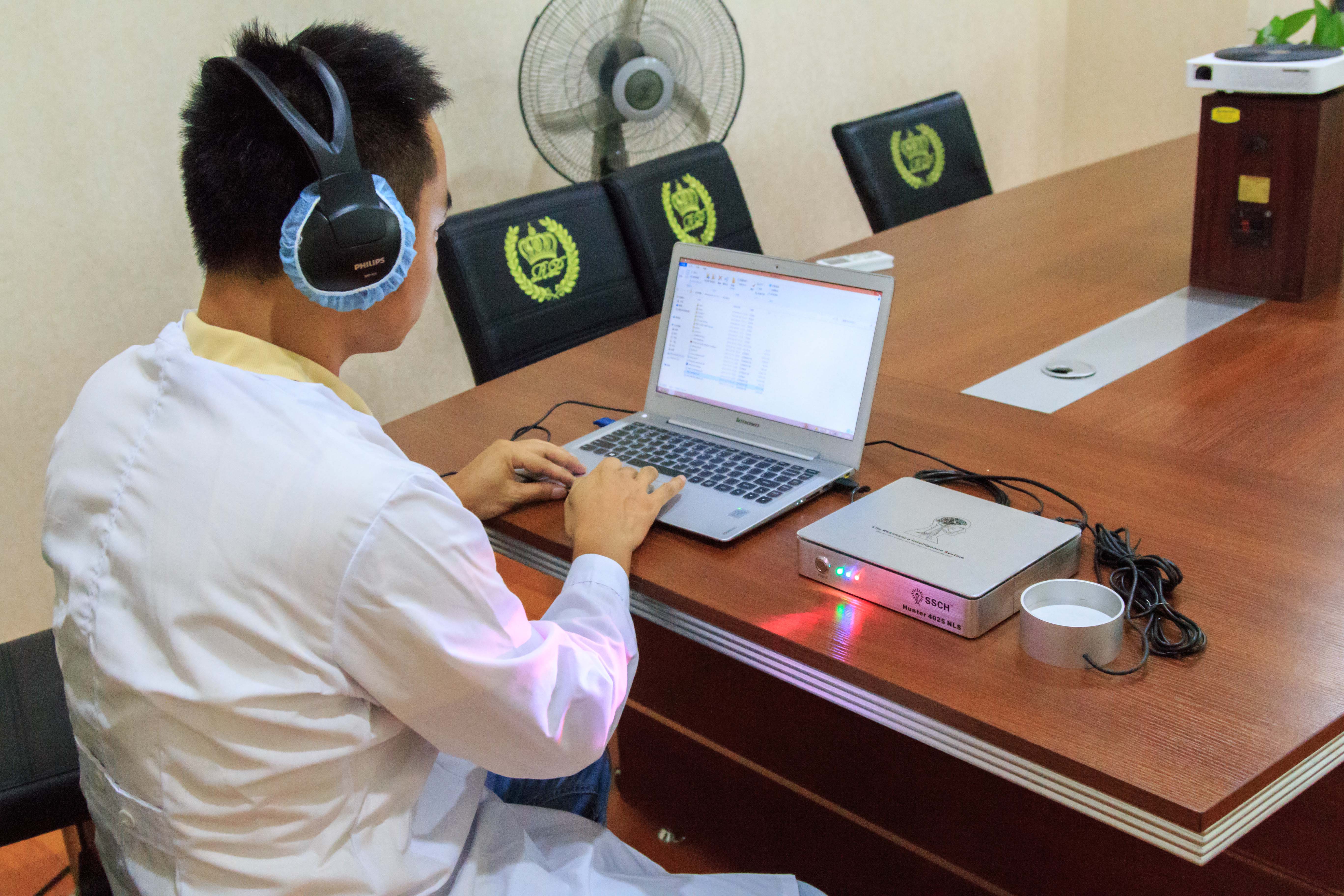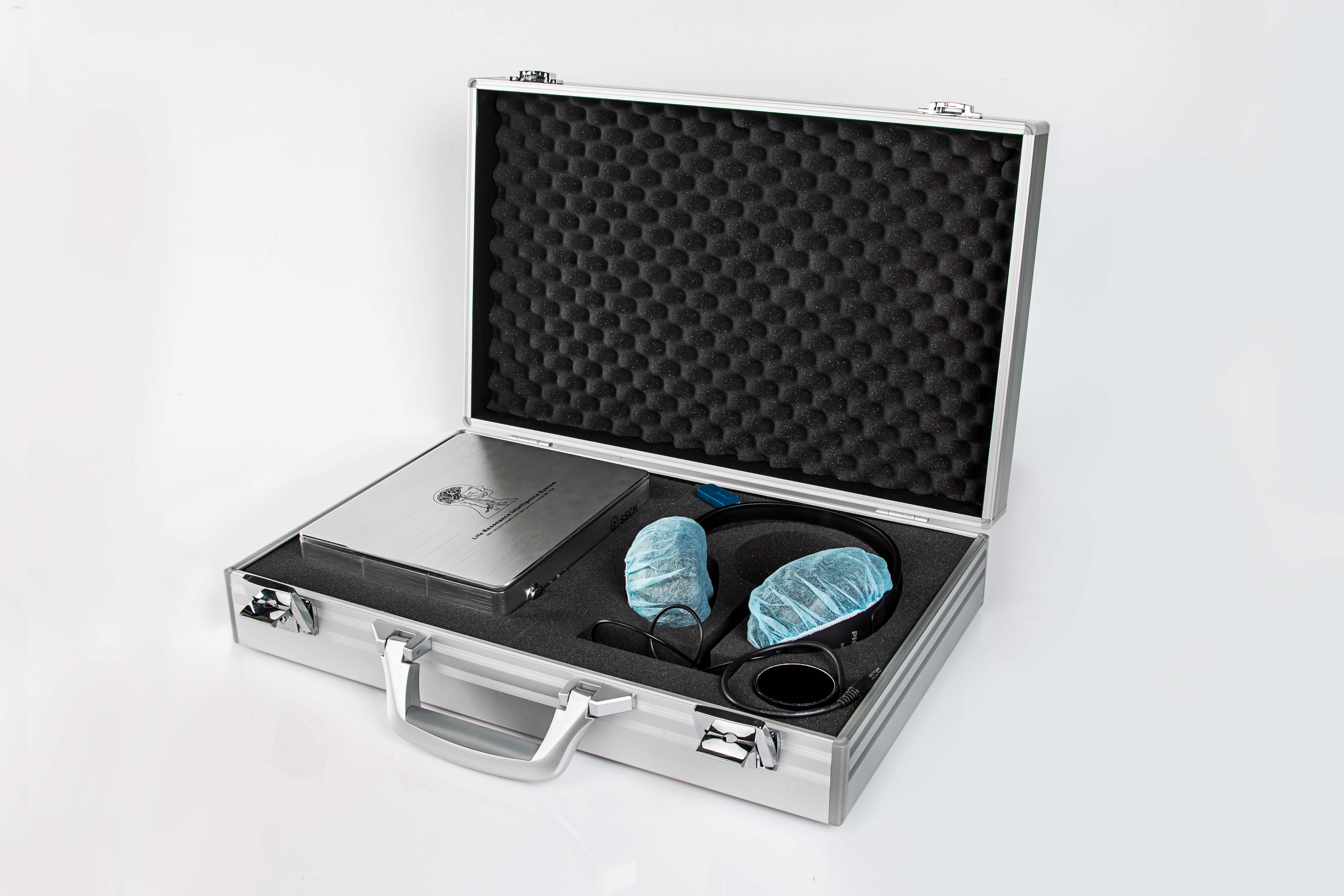In recent years, with the growing demand for cost control and the increasing diversity of packaging solutions, heat shrink packaging machines have gained significant attention and are being widely adopted. As a result, both domestic and international equipment manufacturers have rapidly developed a wide range of shrink packaging machines to meet the evolving market needs. In particular, the beverage industry has seen extensive use of heat shrink technology due to its efficiency and effectiveness in product protection and presentation.
A basic heat shrink packaging machine typically consists of several key components: the feeding and dispensing section, the main drive system, the film supply section, the upper film section, the heat shrink tunnel, and the control system. Additionally, if trays are required under the package, a tray storage and conveying system must also be included. Depending on specific application needs, other optional features may be added. In this article, we will go through each part of the machine’s workflow and highlight important considerations when selecting the right equipment.
The bottle or product handling section is responsible for moving the items into the packaging machine. Products can enter in two forms: either as individual items that have not been pre-packaged, or as small packages that have already been wrapped by a previous packaging machine and are now being re-packaged. This section is usually divided into three parts: feeding, direction alignment, and lateral shaping.
Feeding involves transporting the products into the machine. This is typically done via a conveyor belt and is controlled by the packaging system itself. One of the most important factors in this stage is speed adjustment. A well-designed machine ensures smooth feeding without pressure, and the speed should match the movement of the indexing fingers. This is especially crucial for non-carbonated beverages, where improper feeding could lead to misalignment or damage.
The direction alignment section organizes the products into a consistent orientation based on the packaging requirements. It usually includes stainless steel partitions and positioning devices. When purchasing such equipment, it's important to pay attention to two key aspects: first, if the partition plates are made of stainless steel, ensure that the guide system is of high quality to avoid damaging the product labels. Second, there are three common types of positioning devices. The most traditional one uses spaced column blocks, which are cost-effective but require time-consuming adjustments. A more practical solution is to install manual adjustment wheels at each position, allowing for quicker changes without excessive effort. Advanced systems now use servo motors that automatically adjust spacing based on pre-programmed settings, though they come with higher costs.
The lateral shaping section separates the products into rows according to the packaging layout. Traditionally, pneumatic doors controlled by cylinders were used, but this method is limited in speed. Some machines still use this approach for large-package applications. Today, most modern systems employ a set of bottle fingers driven by two servo motors, which allows precise control over the spacing between products. This design enables the same set of fingers to handle different product sizes without replacement, improving flexibility and reducing downtime. After shaping, the products are moved forward to the next stage of the process.
Metatron Hunter 4025 NLS
Metatron Hunter 4025:
Description and Field of Application
Purpose
The Metapathia-GR Hunter software can operate only with the telemetric nonlinear analysis data processing apparatus "Metatron" and its subsequent modifications. The telemetric nonlinear analysis data processing device is compatible with the IBM-type PCs and intended for studying reaction of a biological object to different types of the informational impact. "Metatron" allows correlating the measurement process with the process affecting it and performs the following.
Operations:
1) It measures J (0) which mirrors the change of the describing parameter, and the entropic potential relative to its ini- tial value;
2) It transforms continuous signal J (0) with the preset intervals of frequencies into a histogram (a row of numerical val-ues of scanned frequencies with serial numbers from 1.8 to 8.2 Hz.);
3) It sends the current W values to PC and displays the graph on the monitor simultaneously with its impact on the examinee.
4) It accumulates the W value in its memory unit, if observing the histogram is more convenient upon completion of the measurements;
5) It issues the scale-correlated commands required for regulating the effect on the examinee at testing;
6) It transmits the W values from the unit into PC memory upon completion of the measurements and saves them in unit memory of prior to the beginning of recording data of the next measurements.
Telemetric nonlinear analysis data processing apparatus "Metatron" (hereinafter "apparatus") can be used for non-linear analysis of biological structures and testing of biologically active supplements. The apparatus can also be used in research centers and scientific research facilities.

The apparatus is intended to register psychophysics changes in system and allows to:
- Get qualitative estimation of functional condition in a form of topical analysis.
- Control effectiveness and results of different ways of treatment.
- Analyze dynamics of functional condition changes over period of time.
- Determine initial nidus of functional breach.
- Estimate character of changes using expert systems.
- Estimate basic characteristics of bio-system homeostasis.

health detect device,4025nls body detector,medical Metatron detector,clinic use health detector
Shenzhen Suyzeko Limited. , https://www.nirlighttherapy.com


